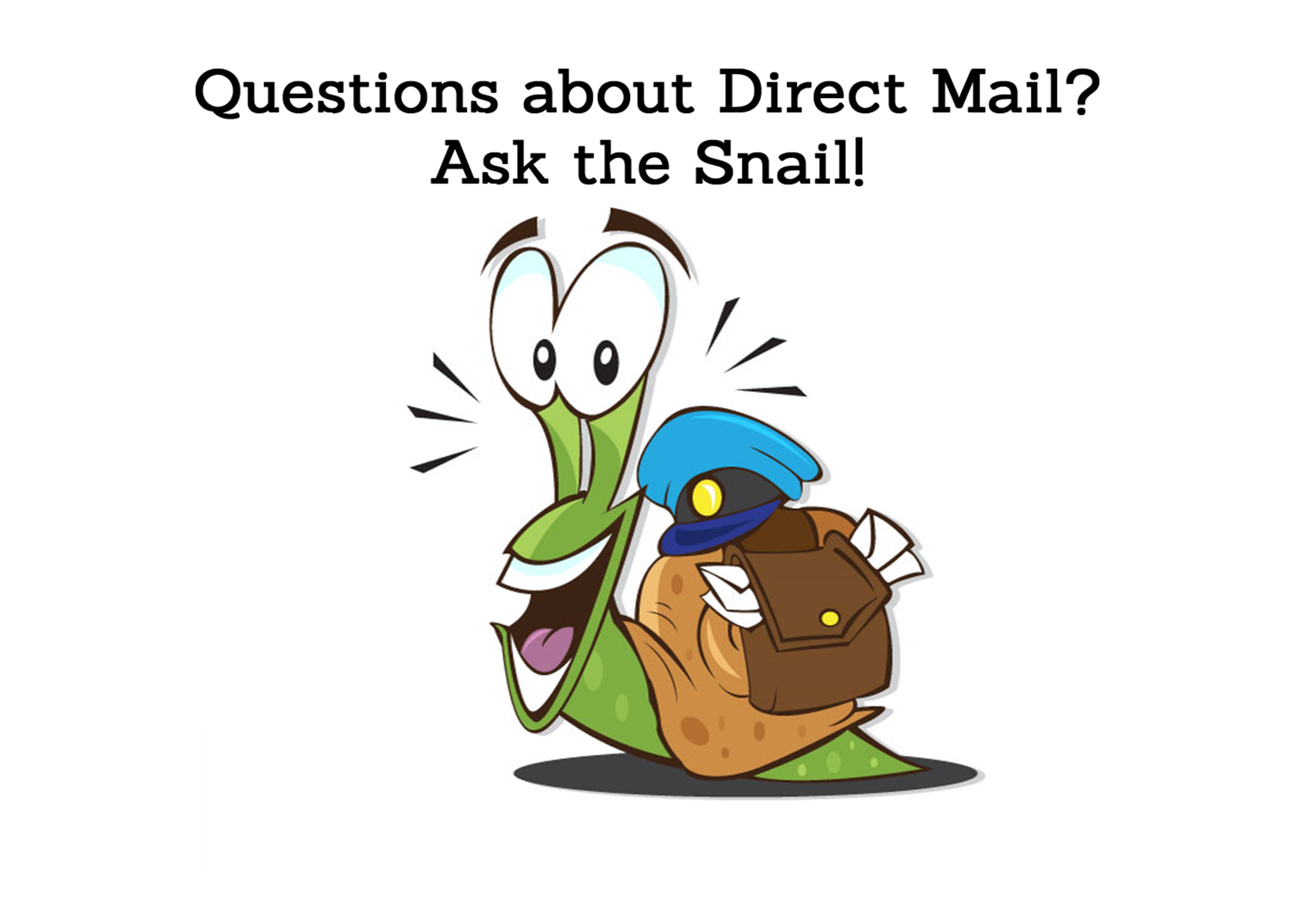Have a burning question about Direct Mail that you've been longing to have answered? Ask Zippy! Zippy the Snail has been in the field of marketing since its...
 |
Have a burning question about Direct Mail that you've been longing to have answered? Ask Zippy! Zippy the Snail has been in the field of marketing since its inception. His wisdom is unmatched to those other "couriers" out there, and he's about as direct as it gets! Submit your questions to zippy@navistone.com.
 Dear Zippy,
Dear Zippy,
Nowadays, it seems like I can’t get through my day without seeing an article about the future of cookies.
I could really use a crash course on the “crackdown of cookies”. Can you steer me in the right direction?
Sincerely,
Cookie Confusion in Colorado
Dear Confusion in Colorado,
First of all…you are not alone! Let me try to set the record straight. A cookie is a cookie is a cookie!
A cookie is a piece of code placed on the user’s browser to enable tracking of the user’s web interactions.
First party cookies originate from the site being visited - you visit the Williams-Sonoma site and they drop a cookie on your computer. This allows you to be recognized as an individual (your user name and password are remembered) by that website. No more logging in to the site or reminding them of what your interests are from page to page or visit to visit.
Third party cookies originate from a website other than the one you are visiting and are used heavily in online advertising to remember a consumers path across the web.
In both cases, the main purpose of the cookie is to give the user a better experience.
The biggest concern with cookies is user privacy and I suspect this is what you are reading about. Users may be concerned about who has access to what data and for what purpose – more so with third party cookies as they don’t know the company who has their data. In fact, <5% of users actually block first party cookies.
What’s being done to protect consumer privacy?
New regulation has been put in place to put control back in the hands on the users (a good thing) and ensure advertisers are handling data responsibly (also a good thing). Think about the websites obtaining affirmative active consent before any cookie is placed (another good thing). Between the EU regulation, GDPR and The Cookie Law, US based regulation such as CCPA and the best practices recommended by the FTC and DAA’s self-enforcement commitment, more standardization of data usage and do-not track signals exist.
For example, the California Consumer Privacy Act (CCPA) goes into effect in January of 2020 and calls for the following:
- Right to access of the personal information being collected
- Right to be forgotten or deletion of that personal information upon request
- Right to opt-out of the collecting and selling of that personal information
- Be free of discrimination for exercising these rights
Companies, like Apple, are putting restrictions on the lifespan of the cookie as a way to protect consumer privacy. Cookies that once “remembered” you for months or until they were manually deleted, are now being automatically deleted in seven days or in some cases, one day. This means the user will not be recognized as the same visitor if they return in eight days, or potentially even the next day – creating a worse experience for the user. Not what anyone wants.
This snail doesn’t see cookies going away. Consumers are getting more and more comfortable sharing data in exchange for relevant online experiences. And at the end of the day, it is all about providing the consumer with a better online experience.
Cookies - the conduit for the use of digital body language – is the key to that better online experience. If advertisers use cookies and the data is “remembered” responsibly and according to the approvals provided by the consumer, the online experience will continue to improve.
Best wishes,
Zippy the Snail

